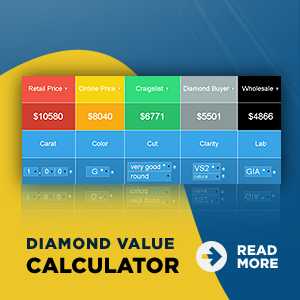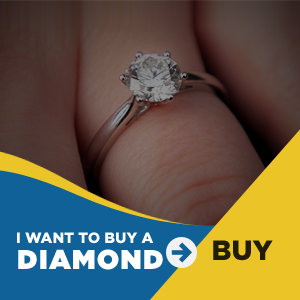
Topaz is #8 on the Mohs scale, and toughness is poor due to cleavage. Sources are Australia, Brazil, Madagascar, Mexico, Myanmar(Burma), Namibia, Nigeria, Pakistan, Sri Lanka, and United States.
The topaz name came from Topazios, the old Greek name for an island in the Red Sea, now called Zabargad. The island never produced topaz, but it was once a source of peridot, which was confused with topaz before the development of the modern mineralogy. Some scholars trace the origin back to Sanskrit (an ancient language of India) and the word topas or topaz, meaning “fire”
The ancient Greek believed that topaz gave them strength. In Europe during the Renaissance (the period from the 1300’s to 1600’s), people thought that topaz could break spells and dispel anger. For centuries, many people in India have believed that topaz worn above the heart assures long life, beauty, and intelligence.
Topaz has an exceptionally wide color range that includes various tones and saturation of blue, green, yellow, orange, red, pink, and purple. Colorless topaz is another option. The color varieties are often identified simply by hue—blue topaz, pink topaz, and so forth—but there are also a couple of special trade names:
- Imperial topaz—medium reddish orange to orange red. This is one of the most expensive colors.
- Sherry topaz—yellowish brown or brownish yellow to orange. This term comes from the color of sherry wine. Stones in this color range are often called precious topaz to help distinguish them from the less expensive citrine and smoky quartz.
Most colors are available in standard faceted shapes, but the sizes differ from color to color. However, market availability varies according to color. Blue color topaz is abundant, size ranges from 1 ct. to 25 ct., and there’s usually plenty of sherry topaz range from 1 ct. to 10 ct. One might be able to find larger sizes in sherry or blue. Yet, the supply of imperial topaz, red, purple, and pink tends to be limited. Generally, red is the most valuable topaz color, but market prices and preferences vary from country to country. Imperial topaz brings the highest prices in Japan and Germany. Japanese buyers also favor pink topaz. The biggest market for blue topaz is in the US, where it provides a gem alternative that’s lower in cost and more intense in color than aquamarine. The biggest faceted gem ever recorded is topaz in the collection of the Smithsonian Institute.

Citrine, #7 on Mohs scale, is a quartz variety, and good in toughness. Sources are Bolivia, Brazil, Spain.
Citrine is the top-selling transparent gem in the yellow to orange color range. Its name was derived from the Latin word citrus, meaning “citron”, a fruit closely related to the lemon. This gem combines a warm attractive color with good wear-ability and a moderate price—an unbeatable combination for many people.
Citrine comes in an exceptional wide range of sizes. Most citrine is faceted in traditional rounds and fancy shapes, and you’ll also find it fashioned into more unusual cuts and carvings. Before the development of modern gemology, citrine was traditionally confused with topaz because of their similar colors.







